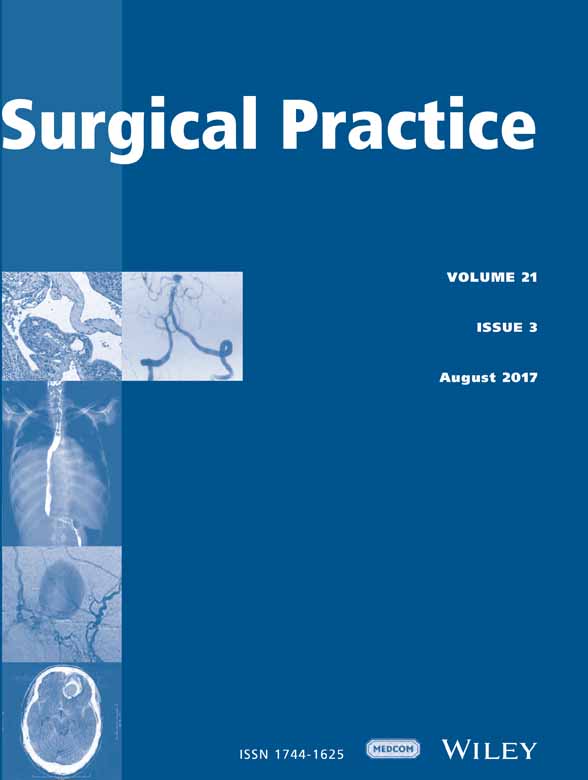Role of derivative colostomy in Fournier’s gangrene: Analysis of 46 cases
Abstract
Aim
Fournier’s gangrene (FG) is a low-incidence disease associated with high morbidity and mortality. The main objective of the present study was to analyse the impact of derivative colostomy (DC) on the course of FG. The secondary objective was to assess if DC recommendation should be immediate or delayed in the natural history of the disease, in order to reduce morbidity rates.
Patients and Methods
A prospective cohort of patients presenting with FG and treated at a single centre from 1996 to 2015 was studied. Patients who underwent DC were compared to those who did not (no-DC group). Patients included in the DC group were subdivided into those who underwent colostomy during the initial surgery (immediate colostomy) and those with delayed colostomy.
Results
Forty-six patients with FG were included. The DC group included 22 patients (48 per cent), and the no-DC group included 24 patients (52 per cent). No differences were observed in hospital stay, the number of interventions or mortality rates. Patients with anorectal abscesses tended to undergo more derivative colostomies (55 per cent vs 8 per cent, P = 0.006). The subgroup with immediate colostomy had a higher mortality rate compared to the subgroup with deferred colostomy, although this was not statistically significant (37 per cent vs 14 per cent, P = 0.11).
Conclusion
DC in FG improves local disease control, but when performed during the initial surgery, it is associated with higher mortality.




